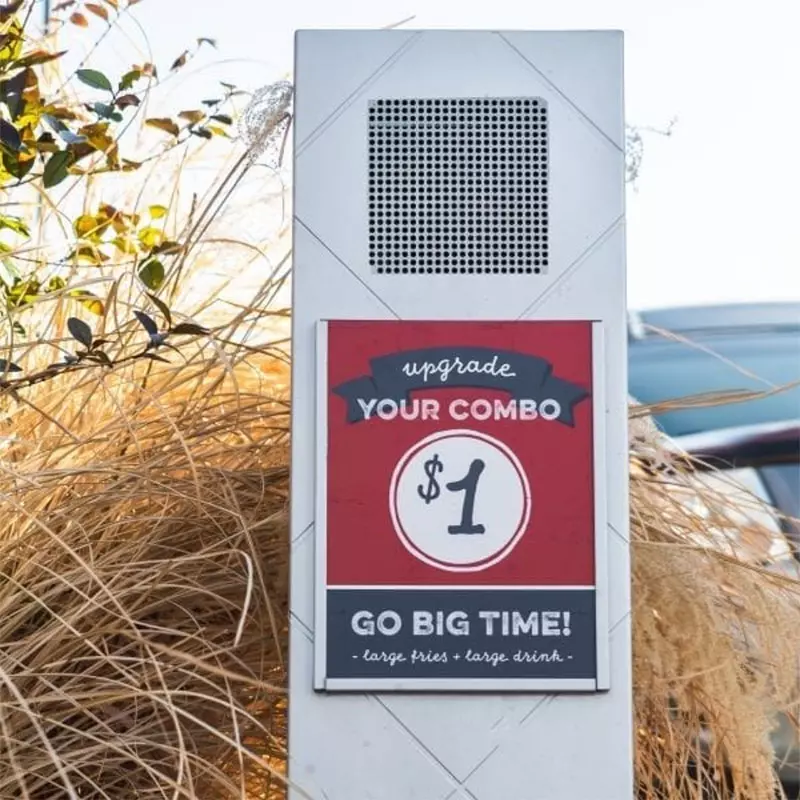How Ai is helping in QSR workforce optimization
It's 2022, and believe it or not, most restaurant operators are leaning towards Ai to solve many QSR-related problems, like the speed of service, order accuracy, and drive-thru solutions.
When it comes to the future of artificial intelligence, there is a lot of hype surrounding the potential for robots to replace human workers in a wide range of industries. While it is true that AI-assisted technologies are becoming increasingly sophisticated, they are still far from being able to replace human employees completely. Many experts believe that Ai will create more jobs than it replaces.
For example, as Ai-powered chatbots become more common, businesses need to hire people to manage and monitor them. In addition, as Ai continues to evolve, it will create new opportunities for people with the necessary skills to work in this exciting field. Therefore, there is no need to panic about how Ai would impact the job market, but it is crucial to stay informed about the latest developments in this rapidly evolving field.

Current labor shortage problem in QSR industry
Even with unemployment at a 17-year low, the labor shortage is the most pressing problem in the QSR industry today. With the industry growing at an unprecedented rate, restaurants are finding it increasingly difficult to fill positions. The problem is exacerbated by the fact that many jobs in the QSR industry are low-paying and have high turnover rates.
As a result, QSRs are struggling to attract and retain employees. The labor shortage has led to higher wages and increased competition for workers. It has also put pressure on operators to find ways to automate their businesses.
Since 2010, fast-food jobs have expanded almost twice as quickly as general employment. Still, one essential supply of workers—teenagers—has dried up, and greater immigration enforcement is raising concerns about another (foreign-born employees).
How does Ai come into play?
As established above, it's no secret that fast food restaurants struggle to find and retain employees. The turnover rate in the industry is high, and the work is often complicated and stressful.
But what if there was a way to use Ai to solve these problems? Imagine a fast food restaurant where you could place your order via a conversational kiosk. Your food would be prepared by robots and delivered to you by a conveyor belt.
You wouldn't have to worry about long lines or rude service; everything would be quick, efficient, and hassle-free. And best of all, these automated restaurants wouldn't need many human employees. This could be a game-changer for the fast food industry, which has struggled to find and retain workers for years. With AI, they could finally solve their employment problems once and for all.
Let’s be honest, there is still some significant time until we see this kind of technology in an efficient working stage, but that doesn't mean our technology today won't be able to help you with the labor issues.
Data is the new oil

In a fast food restaurant, customer data can be collected from various data points, like recognizing the restaurant's high traffic time, understanding what product sells at what point of the day, how much labor is required at what point of the day, and much more.
In short, collecting and understanding data is now the way forward.
As artificial intelligence and computer vision are being used to collect this customer data, it can be processed much faster than before. In addition, this data can be used to improve the customer experience by optimizing the restaurant's operations.
For example, if the data shows that customers are most likely to order burgers at 2:00 PM, then the restaurant can ensure that there are plenty of burgers and manpower available during that time. Or, if the data shows that customers are most likely to order fries at 3:00 PM, then the restaurant can adjust its fryer temperature accordingly. By using Ai and computer vision to collect and analyze customer data, fast food restaurants can ensure that they are providing the best possible experience to their customers.
Make sure you have enough labor at the right time and right place
When running a successful restaurant, there's no such thing as too much data. With the correct information, restaurant operators can figure out everything from who needs to be where and when to what day their store is not worth opening.
This insight is essential for optimizing the workforce and ensuring employers and employees get the most out of their time. By taking advantage of data, restaurant operators can ensure that every shift is productive and that customers always have the best possible experience. In today's competitive market, that's more important than ever.
Conversational Ai for restaurants

We all know that customer service is one of the most essential things in business. If a customer has a bad experience, they will likely take their business elsewhere. This is where artificial intelligence can really help. With a conversational Ai in place, you can be sure that your customers will always receive the highest level of service, regardless of mood or weather.
Ai is always polite to the customer and professional in assisting the customers. This not only helps to improve customer satisfaction but also helps to increase sales and profits. In addition, artificial intelligence can free up your employees to focus on other tasks, leading to increased efficiency and productivity.
Conclusion
As you can see, there are several ways that artificial intelligence can help your restaurant business. From optimizing labor to providing better customer service, AI has the potential to make a significant impact on your bottom line. Now is the time to start if you're not already taking advantage of all that Ai offers. Subscribe to our newsletter to learn more about industry updates and applications.
